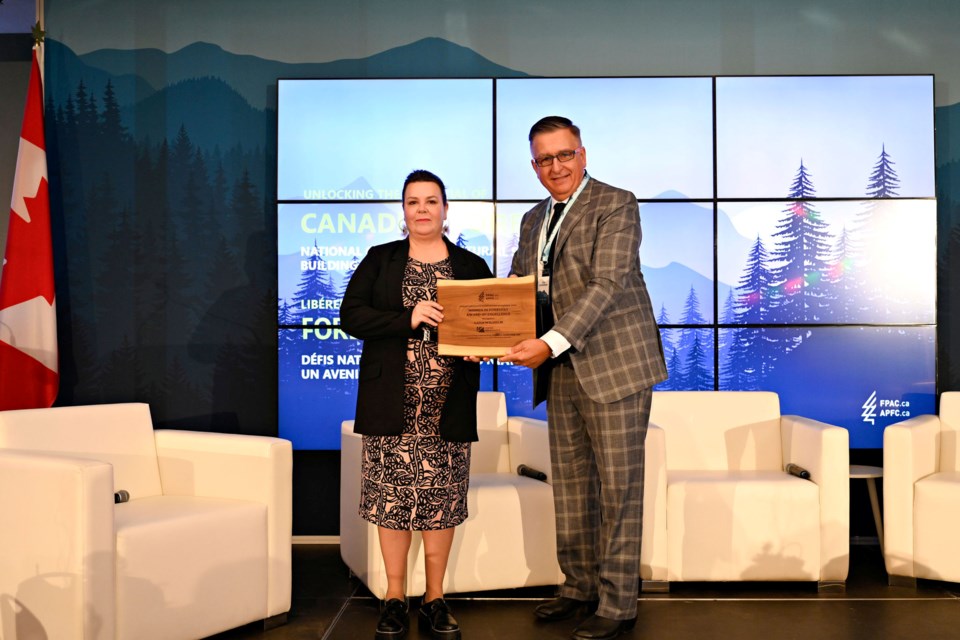
Written by Nick Ackerman Blackstone Secured Lending Fund ( NYSE: BXSL ) has performed fairly well since our prior update . However, some of those upside gains have been given back, with the price sliding lower since the early May highs, where it started to trade over $32 a share. BXSL still trades at a premium to its net asset value per share, but the NAV has been climbing higher, and it is at a relatively more attractive valuation with this lower share price.
I rated it a 'Buy' in that previous piece, and I still think that it warrants a look from income-focused investors today as well. That's even with the anticipated rate cuts coming up on the horizon. BXSL Basics BXSL is a BDC that "seeks to deliver recurring investment income without deviating from our high-quality focus.

" This BDCs expense ratio comes to 11.1%, including the leverage costs. Leverage ticked up toward the end of the latest quarter, as debt-to-equity moved to 1.
13x at the quarter-end. That can be compared with the 1.09x average leverage through the period.
However, it is down slightly from the previous quarter, where debt-to-equity ended at 1.15x (the average during the last twelve months was 1.26x.
) Their stated target leverage range is 1-1.25x. The interest rate costs end up being the largest expense for the BDC.
They previously had waivers in place for two years following the IPO, but those expired last October 28. The base management fee is 1%, with an incentive fee of 17.5%.
The income-based incentive fee has a hurdle rate of 1.5% per quarter or 6% annualized. We also see they've been paying an excise tax because they haven't been distributing enough of the income they've been generating.
However, that is part of their strategy to help retain cash to grow, and it isn't necessarily a bad thing as it is a relatively cheap form of growing AUM for future potential growth. BXSL's Portfolio And Interest Rate Impacts Business development companies (BDCs) will face some headwinds in a lower-rate environment in terms of seeing a reduction in income generation from the underlying portfolio. As most are aware, they received a tailwind from the higher rate environment, so it only makes sense to expect some softness going forward when rates are expected to be lower.
The simple reason for this is that BDCs tend to borrow at fixed rates and then invest in floating-rate debt. BXSL is one of those more traditional BDCs that doesn't really shake up the model too much. 98.
6% of BXSL's portfolio is first lien debt, with 98.8% of their underlying debt being based on floating rates. In the second quarter of 2023, they listed 180 holdings, which moved up to 196 in the fourth quarter of 2023.
As of the latest second quarter of 2024, we're up now to 231 names. Only two of these are on non-accrual. We've seen non-accruals rise to 0.
3%, which is something to continue to watch going forward, as it was under 0.1% previously. That said, that is still quite low, and they are faring much better than some of their other BDC peers as higher rates pressure the underlying companies that they lend to.
There has been a steady increase in the overall number of portfolio companies that BXSL has invested in as well. Where they could be seen as shaking things up a bit is that they aren't necessarily the most aggressive in terms of getting fixed-rate financing. They listed that their borrowings were 46% fixed rate with an average coupon of 2.
88%. The total interest rate on all borrowings came to 5.26%, up from the 4.
94% in our prior update. They issued new November 2027 notes on May 20, 2024, which lifted the total interest rate for their borrowings. Despite issuing another round of fixed-rate notes, the actual fixed-rate borrowings declined from 56% in our previous update.
This is because they have entered into an interest rate swap with these notes for the full $400 million notional value. We've seen interest rate swaps in play over the last several years as a way to hedge against rising rates. Now, with rate cuts on the horizon, I suspect they see this as a good move.
SOFR today comes in at 5.33%, with the 1.38% spread; they are currently paying around 6.
71% and receiving 5.88%. That means it is costing them money initially — and this isn't even factoring in the management expenses on top of this as well.
Overall, though, this can put them in a position where, as rates are being cut, they aren't as negatively impacted because a good portion of their borrowings will also start to come down. That includes a place where this interest rate swap that they entered into can start to make sense. We will need at least three cuts to get it close to breaking even.
Anything after that, then, will be beneficial to BXSL and, therefore, its investors. With that, rates aren't expected to go back down to zero as we had previously, either. At least not if the economy is holding up reasonably well and the Fed doesn't have to be more aggressive about cutting rates.
To be more specific on the impact for BXSL, here is the hypothetical breakdown they've provided in the latest quarterly filing. This would be to show what the impact of changes in interest rates could look like on their portfolio. Of course, the portfolio is constantly changing, so this is more like a good estimate as it's based on what the prior balance sheet looked like.
As we can see, the interest income is going to take a larger hit, but it will be partially offset by the interest expense also coming down. That's thanks to the ~54% portion of leverage been floating rate-based that they are employing. Why Interest Rate Changes Matter For now, over the next year, the 100 basis points of cuts could be on the table.
That translates into a potential decline of around $0.40 NII if that occurs. This all plays an important role because it covers that attractive 10.
43% dividend yield to investors. As expected, when rates were rising and Blackstone was building out BXSL's portfolio after it became publicly traded, net investment income was rising and that helped to drive a growing dividend to investors. With waivers coming off more recently, we've seen NII decline, but we are still seeing very strong coverage of the $0.
77 dividend. With such strong coverage, coming in at 116%, that leaves plenty of capacity for rates to come down in the coming year before BXSL looks like it would be at risk of needing to trim its payout to investors. Retaining sizeable coverage has been a conscious decision by management also to help drive NAV per share higher.
Everything that isn't paid out to investors is, of course, then retained within the portfolio and put back to work in new loans. The yield here is already attractive enough, and if management has a better place to put it to work for potential future growth, that could be the right move for shareholders going forward. Of course, the other argument to this is that the management team also earns higher management fees as the larger AUM grows, so they are also incentivized to retain this AUM even if it isn't necessarily in the best interest of shareholders.
This also means they've had to pay excise taxes, which is also essentially money coming out of investors' pockets who invest in BXSL. As expected, management at least indicates that retaining this capital is going to be in the best interest of all shareholders. Here is a quick takeaway from their latest earnings transcript .
NAV per share moved up to $27.19 in the latest quarter from $26.30 a year ago.
This was also an increase from last quarter's $26.87 NAV. With a rising NAV but a falling share price, we've seen this BDCs premium come down.
That can indicate that it is a relatively more attractive value today than it was just a few months ago. Conclusion BXSL is a fairly traditional BDC that invests primarily in first-lien senior secured debt. They leverage up their portfolio like any other BDC, but they aren't as exposed to fixed-rate financing as some of their peers are.
That can put them in a better position moving forward, where we are highly expected to start entering a rate-cutting period from the Fed. Either way, the current dividend yield is attractive and looks well covered. Whether rates move up or down, they should be able to continue to deliver the same regular payout to investors for this reason.
Interested in more income ideas? Check out Cash Builder Opportunities , where we provide ideas about high-quality and reliable dividend growth ideas. These investments are designed to build growing income for investors. A special focus on investments that are leaders within their industry to provide stability and long-term wealth creation.
Along with this, the service provides ideas for writing options to build investors' income even further. Join us today to have access to our portfolio, watchlist and live chat. Members get the first look at all publications and even exclusive articles not posted elsewhere.
Cash Builder Opportunities (aka Nick Ackerman) is a former fiduciary and a registered financial advisor with 14 years of investing experience. He is the leader of the investing group Cash Builder Opportunities , where his specific focus is on closed-end funds, dividend growth stocks, and option writing as an attractive way to achieve income. He shares model portfolios and research to help investors make better decisions, via his Investing Group’s active chat room.
Analyst’s Disclosure: I/we have a beneficial long position in the shares of BXSL either through stock ownership, options, or other derivatives. I wrote this article myself, and it expresses my own opinions. I am not receiving compensation for it (other than from Seeking Alpha).
I have no business relationship with any company whose stock is mentioned in this article. Seeking Alpha's Disclosure: Past performance is no guarantee of future results. No recommendation or advice is being given as to whether any investment is suitable for a particular investor.
Any views or opinions expressed above may not reflect those of Seeking Alpha as a whole. Seeking Alpha is not a licensed securities dealer, broker or US investment adviser or investment bank. Our analysts are third party authors that include both professional investors and individual investors who may not be licensed or certified by any institute or regulatory body.
.














